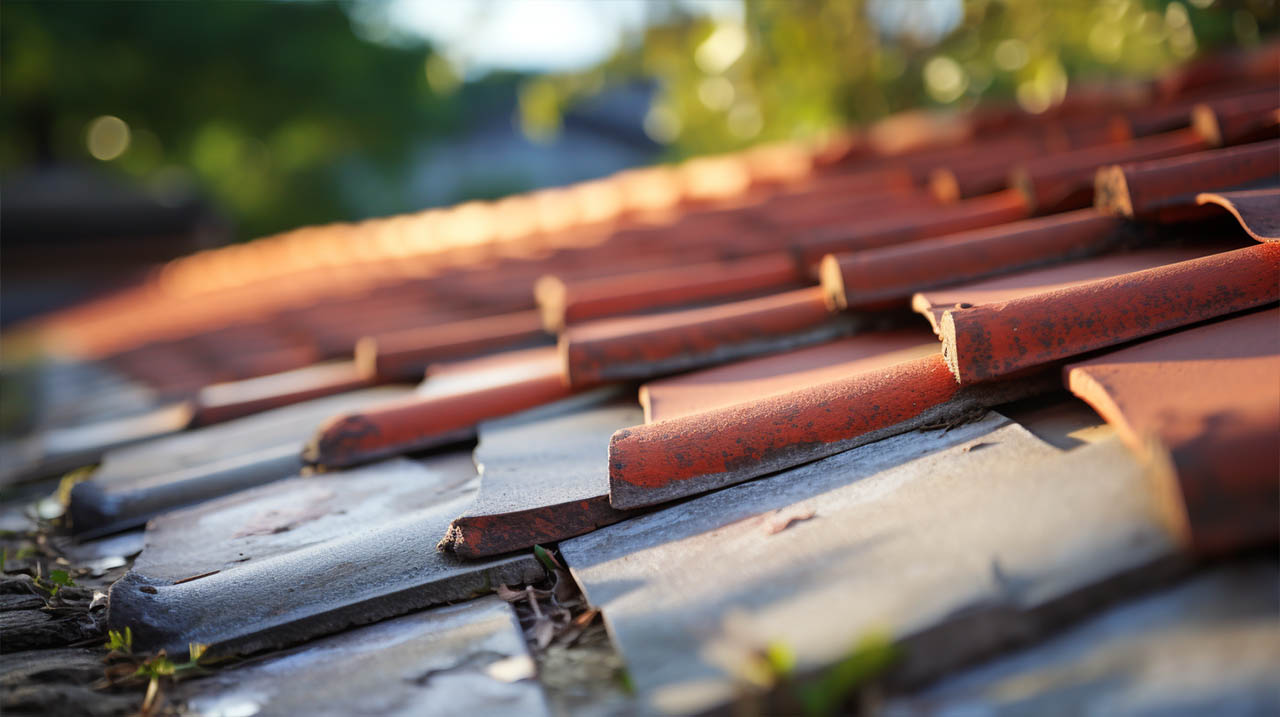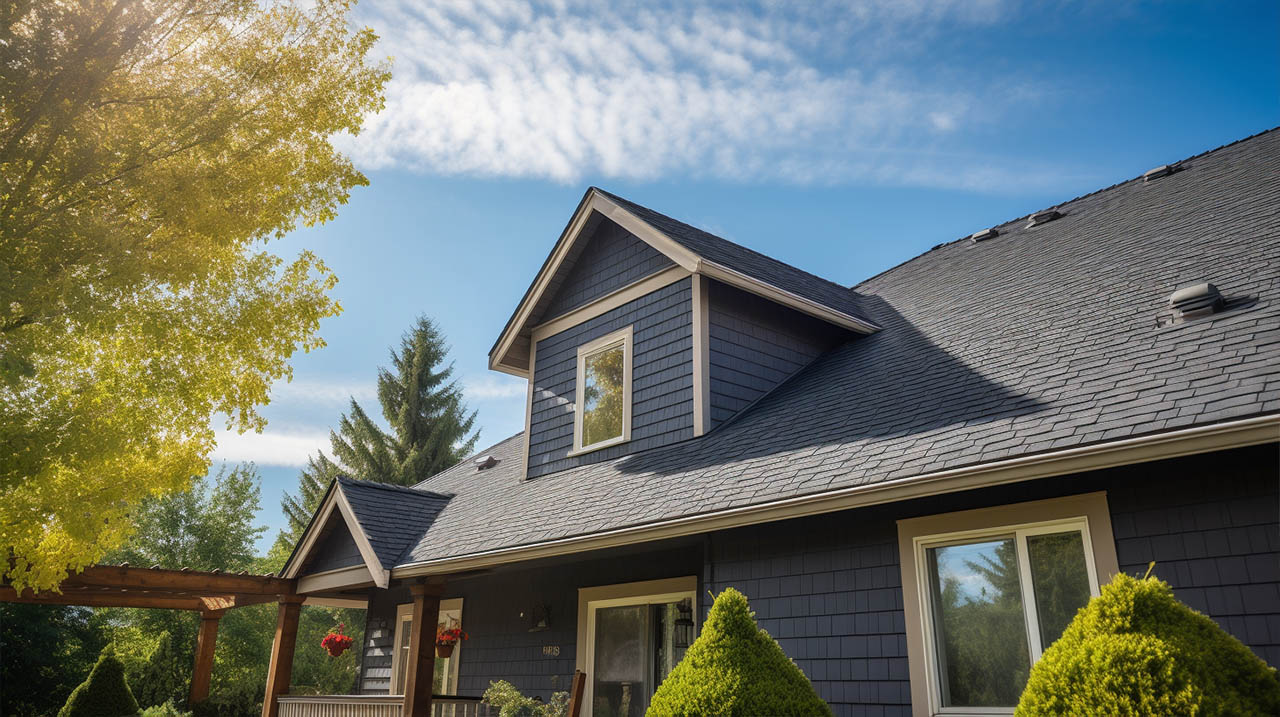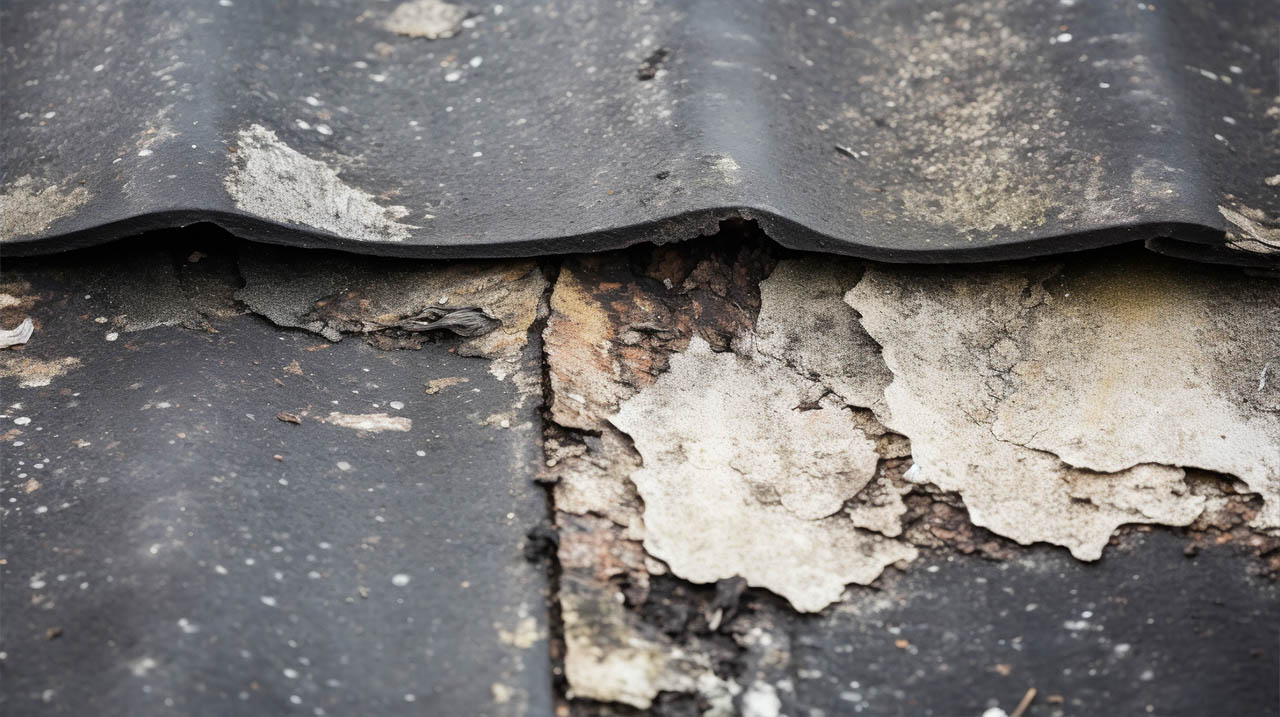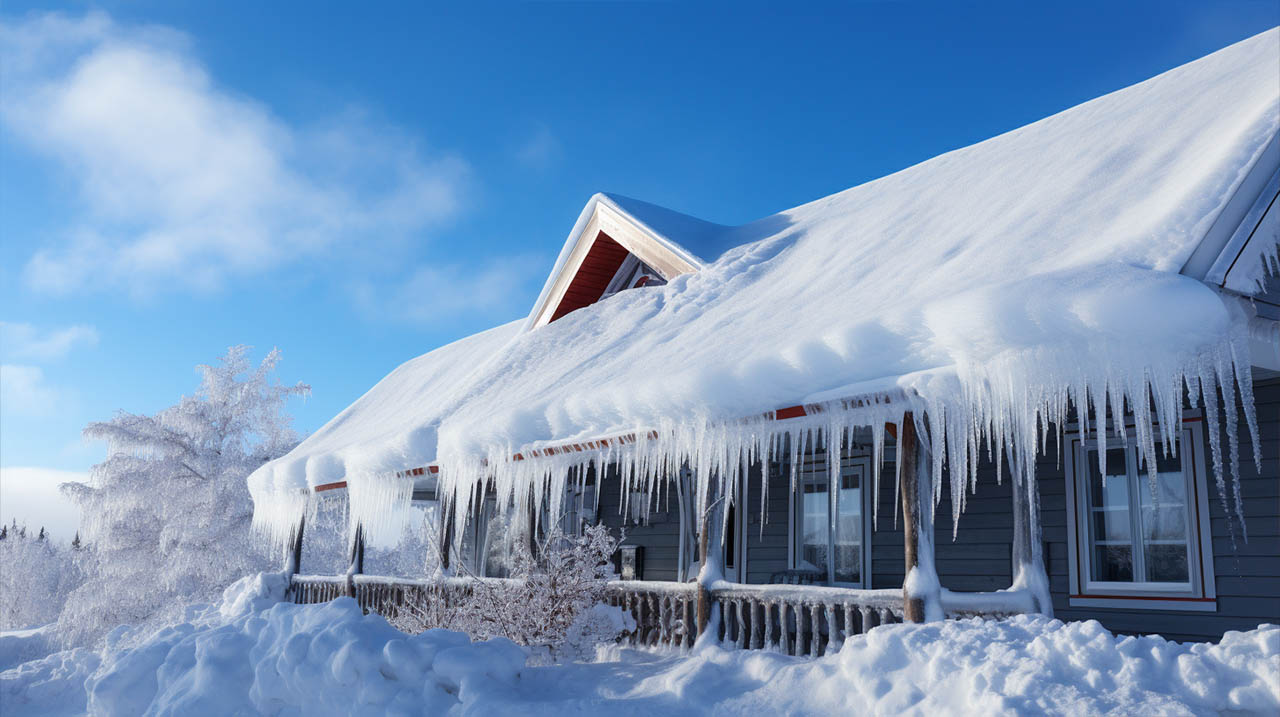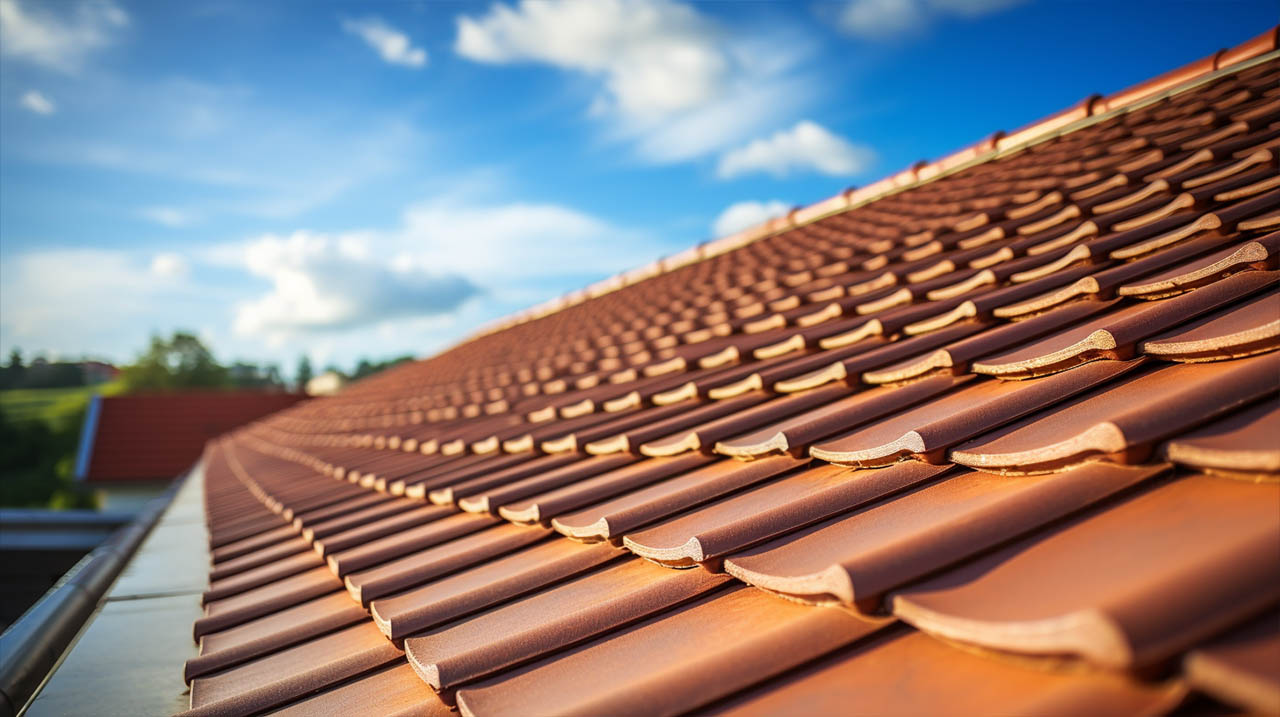Roof systems are pivotal in safeguarding our properties. Being the protective shield, they are exposed to myriad issues. Kanga Roof, a leading roofing company Columbia MD, believes that regular maintenance and timely inspections can prevent minor issues from escalating. Here, we delve into the primary problem areas of a roof system and the best ways to inspect them.
1. Shingles and Tiles: The First Line of Defense
Signs of Trouble:
- Curling or Buckling: Weather extremes can cause shingles or tiles to distort. This weakens the roof’s defense against water, leading to potential leaks.
- Missing or Broken Shingles: Factors like high winds and falling debris can damage or dislodge shingles or tiles.
- Granule Loss: Shingles, over time, may lose granules, which are often found in gutters. Excessive granule loss affects the shingles’ protective attributes.
Inspection Tips by Kanga Roof:
- Survey from the ground using binoculars for evident damages.
- Tread on the roof, ensuring you’re harnessed and the surface is dry, especially if considering roof repair Columbia MD.
2. Flashing: The Sealant Guardian
Signs of Trouble:
- Rust or Corrosion: Especially in humid regions or areas with salt-laden air, metal flashings can corrode.
- Loose or Missing Flashing: Detachment can result from inadequate installation, damage from winds, or natural aging.
- Sealant Deterioration: Sealants around flashings can degrade over time, opening up potential leak avenues.
Inspection Tips:
- Examine around chimneys, skylights, and vents where flashings are usually placed.
- Gently use a metal probe to check for any loose parts without inflicting further damage.
3. Gutters and Downspouts: The Drainage System
Signs of Trouble:
- Clogs: Overflows can result from accumulated leaves, twigs, and other debris, potentially harming the roof.
- Leaks or Holes: Gutters may develop leaks over time, leading to possible water damage at the foundation level.
- Sagging Gutters: Gutters might sag due to improper installation or the weight of accumulated debris.
Inspection Tips:
- It’s recommended, especially by roofing contractors Columbia MD, to clean the gutters twice yearly, ideally during spring and fall.
- Ascertain the gutters slope correctly to ensure water channels towards downspouts.
4. Roof Vents: The Breathability Channels
Signs of Trouble:
- Blockages: Dust, debris, and bird or insect nests can impede vents, affecting attic ventilation.
- Cracked or Broken Housing: Vents can suffer damage from wear and tear or impacts, permitting moisture ingress.
Inspection Tips:
- Regularly ensure vents aren’t externally blocked.
- From within the attic, confirm there’s a steady airflow through each vent.
5. Roof Valleys: The Water Channels
Signs of Trouble:
- Shingle Damage: Due to water flow, shingles in valleys may deteriorate faster.
- Debris Accumulation: Valleys might collect debris, forming water dams and enabling leaks.
Inspection Tips:
- Always keep valleys free from debris.
- Inspect for deteriorating shingles and replace them at the earliest.
6. Chimneys and Skylights: The Roof Protrusions
Signs of Trouble:
- Worn Sealant: Sealants around these structures can wear thin, risking water seepage.
- Cracked or Broken Glass: Damaged glass can lower energy efficiency and admit water.
Inspection Tips:
- Regularly inspect the sealant and reapply if needed.
- Ensure the skylight glass remains intact and clear.
Conclusion
Routine inspections are essential for the well-being of your roof system. Taking proactive measures and addressing emerging issues promptly can significantly extend your roof’s lifespan. When in doubt or for services like roof replacement Columbia MD, always consult with experts like Kanga Roof.

